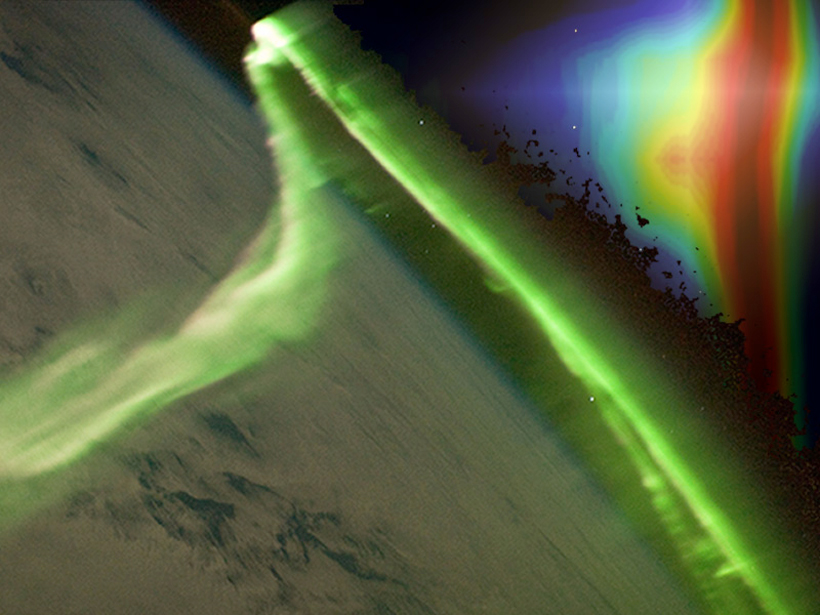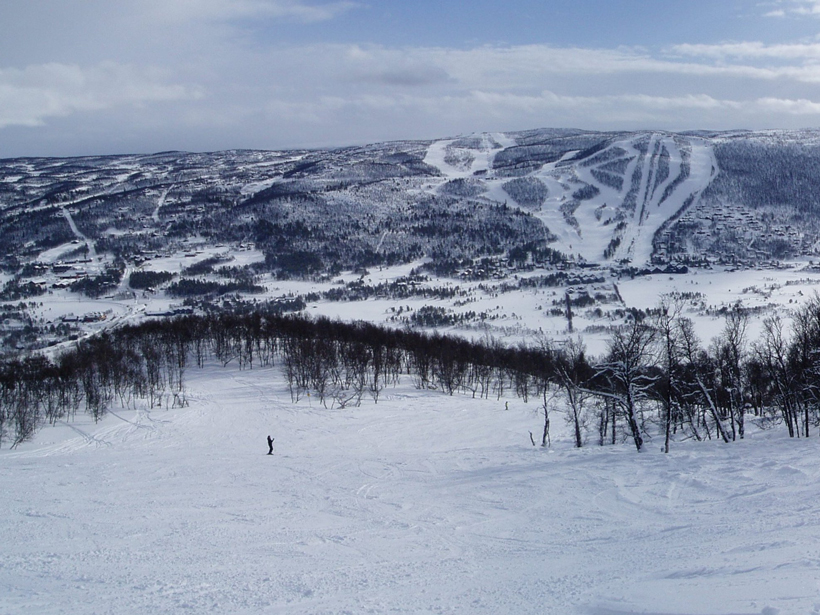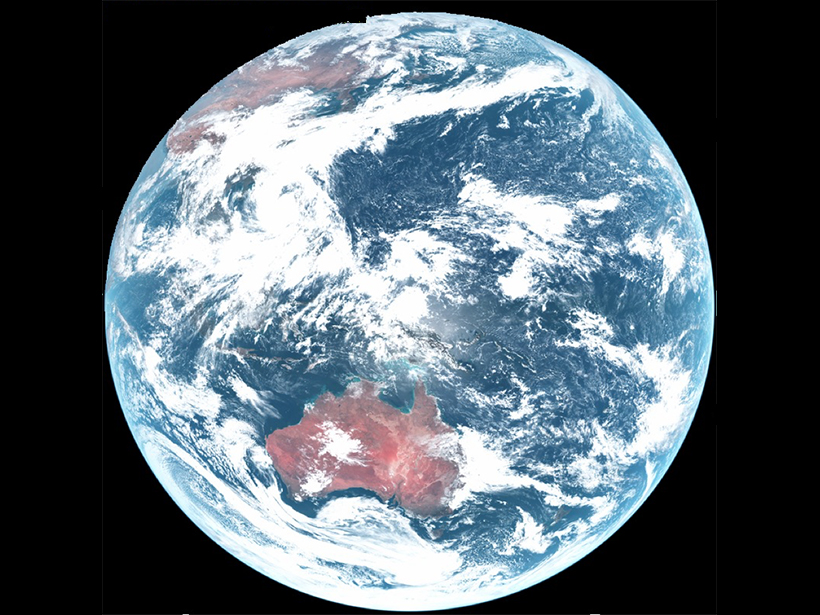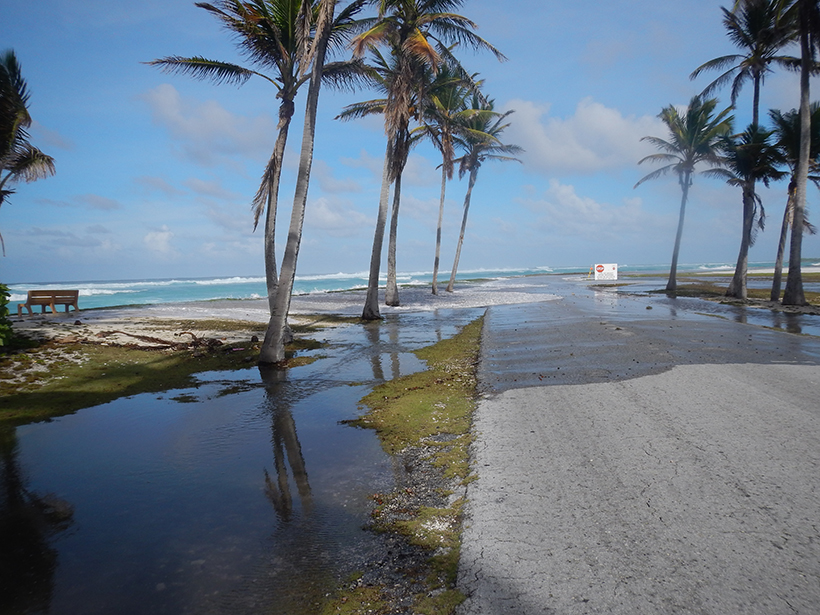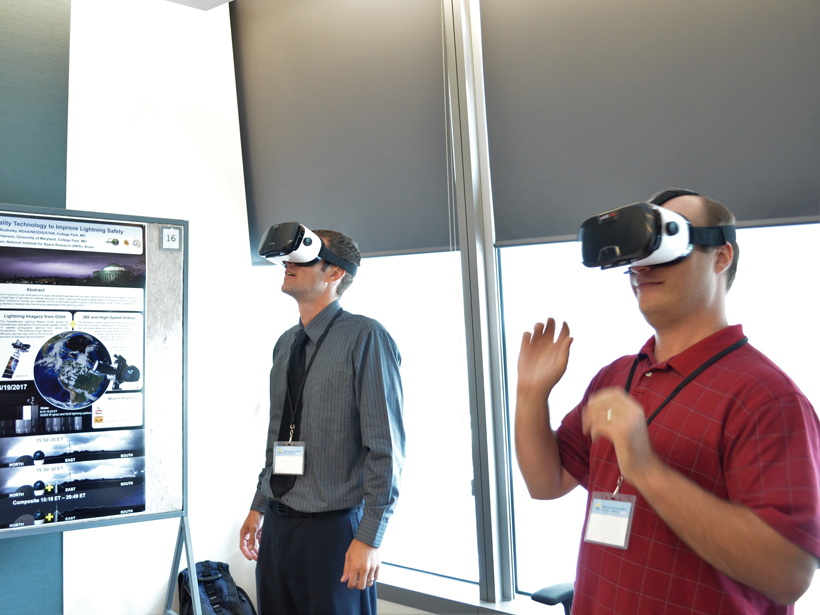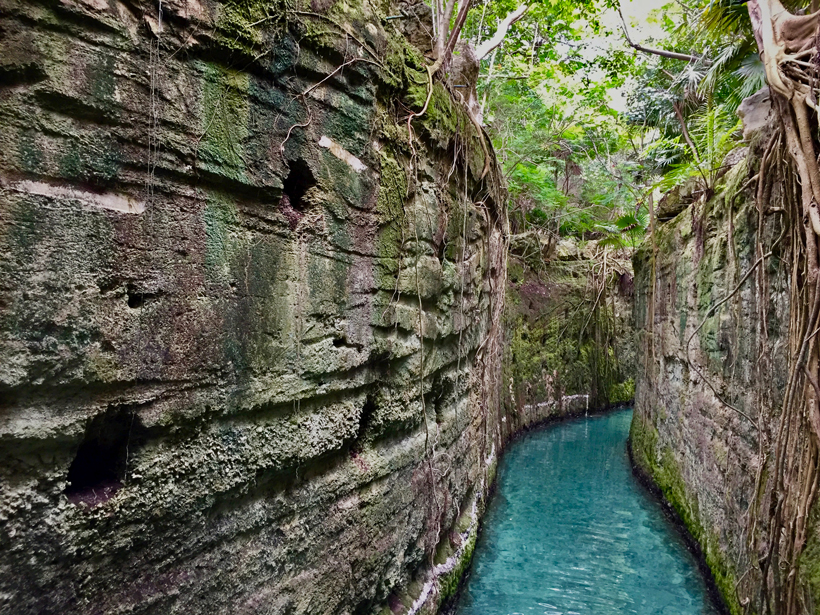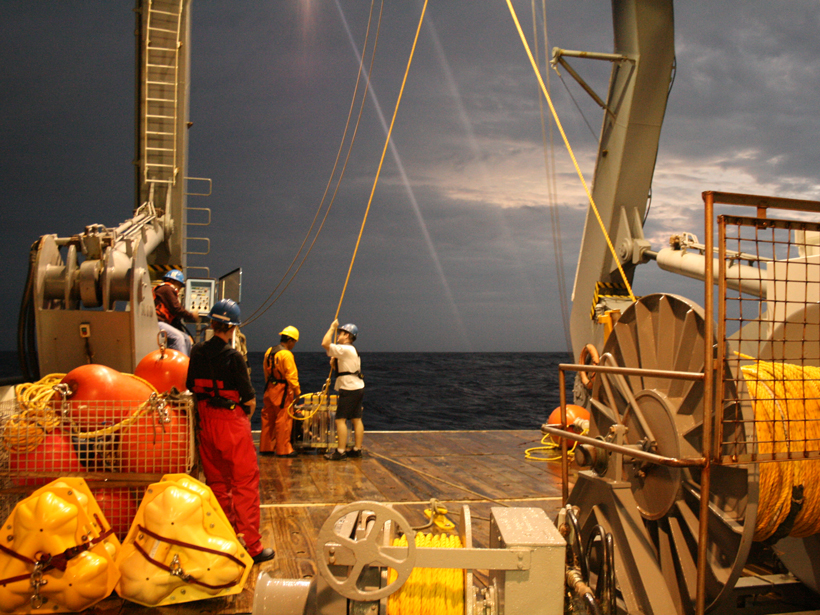The #GreatAntarcticClimateHack; La Jolla, California, 9–12 October 2017
meetings & workshops
Assessing the Future of Space-Based Experiments
Active Experiments in Space: Past, Present and Future; Santa Fe, New Mexico, 11–14 September 2017
An Evolving Framework for Advancing Climate Services in Norway
Meeting of the Norwegian Centre for Climate Services; Geilo, Norway, 25–26 October 2017
Assessing and Understanding Climate Change in Africa
Climate Change in Africa: Evidence, Mechanisms, and Impacts, Past and Present; Marrakesh, Morocco, 6–11 November 2017
The Stratosphere and Its Role in Tropical Teleconnections
Joint SPARC Dynamics and Observations Workshop; Kyoto, Japan, 9–14 October 2017
Challenges of Forecasting Flooding on Coral Reef–Lined Coasts
Understanding Flooding on Reef-lined Island Coasts Workshop; Honolulu, Hawaii, 5–7 February 2018
NOAA Seeks Emerging Technologies to Further Its Mission
National Oceanic and Atmospheric Administration Emerging Technologies for Observations Workshop; College Park, Maryland, 22–23 August 2017
Dynamic Ice Sheet and Sea Level Response to Past Climate Change
PALSEA2 Workshop; Playa del Carmen, Quintana Roo, Mexico, 6–9 November 2017
What’s the Best Way to Responsibly Collect Ocean Data?
Evolving and Sustaining Oceans Best Practices Workshop; Paris, France, 15–17 November 2017
Geoscientists Collaborate to Understand Silicic Magma Systems
American Geophysical Union Chapman Conference: Merging Geophysical, Petrochronologic, and Modeling Perspectives of Large Silicic Magma Systems; Quinamavida, Chile, 7–12 January 2018


